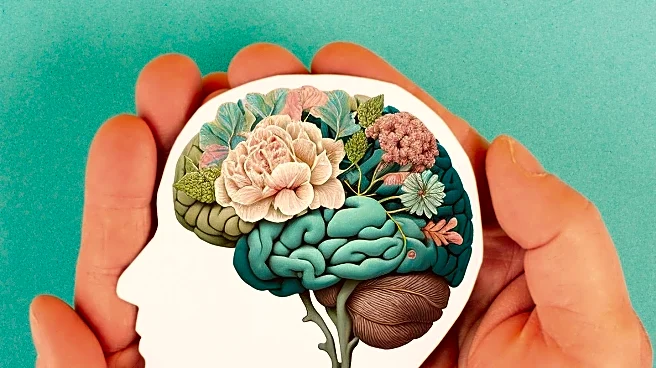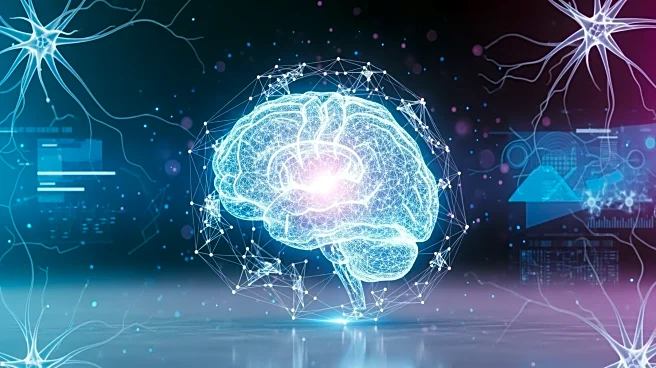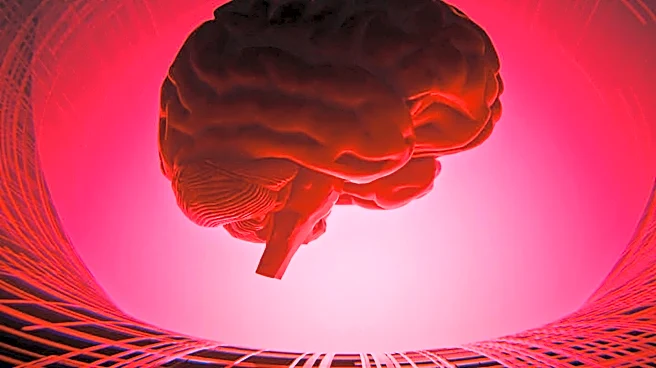What's Happening?
A collaborative team from Scripps Research and the Allen Institute has been awarded $14.2 million by the National Institutes of Health (NIH) to develop a comprehensive atlas of interoception, the body's
internal sensory system. Led by Nobel Prize-winning neuroscientist Ardem Patapoutian, the project aims to map how sensory neurons connect with various internal organs, including the heart and gastrointestinal tract. The initiative will involve labeling sensory neurons and using whole-body imaging to trace their routes, creating a high-resolution 3D map. Additionally, genetic profiling will be used to distinguish between different cell types. This project is part of the NIH's Transformative Research Award, which funds groundbreaking interdisciplinary projects.
Why It's Important?
Understanding interoception is crucial as it plays a fundamental role in maintaining essential bodily functions such as circulation, digestion, and immune activity. Disruptions in these internal sensory pathways have been linked to various health conditions, including autoimmune disorders, chronic pain, neurodegenerative diseases, and high blood pressure. By mapping the body's internal sensory wiring, researchers hope to uncover key principles of brain-body communication that could lead to new treatments for these diseases. The project aims to lay the foundation for better understanding how the brain keeps the body in balance and how this balance can be restored in cases of disease.
What's Next?
The research team plans to create a detailed anatomical and molecular atlas that reveals how neural pathways are organized. This will involve tracing sensory neurons from the spinal cord to different organs and distinguishing between different cell types. The datasets produced will form the first standardized reference for understanding the body's internal sensory wiring. The project is expected to span five years, during which the team will work towards developing new insights into brain-body communication and potential therapeutic approaches.
Beyond the Headlines
Interoception, often described as the 'hidden sixth sense,' involves a network of neurons that sense internal body signals, unlike the classic senses that detect external stimuli. Despite its importance, interoception has received little scientific attention due to the complexity and difficulty in measuring its signals. The project aims to address this gap by providing a comprehensive understanding of this sensory system, potentially reshaping our understanding of human health.











